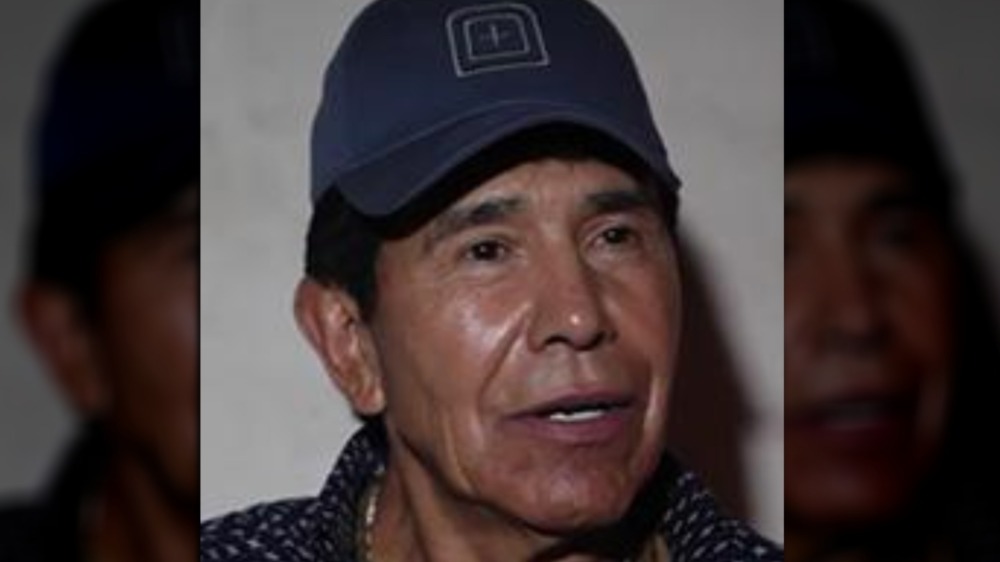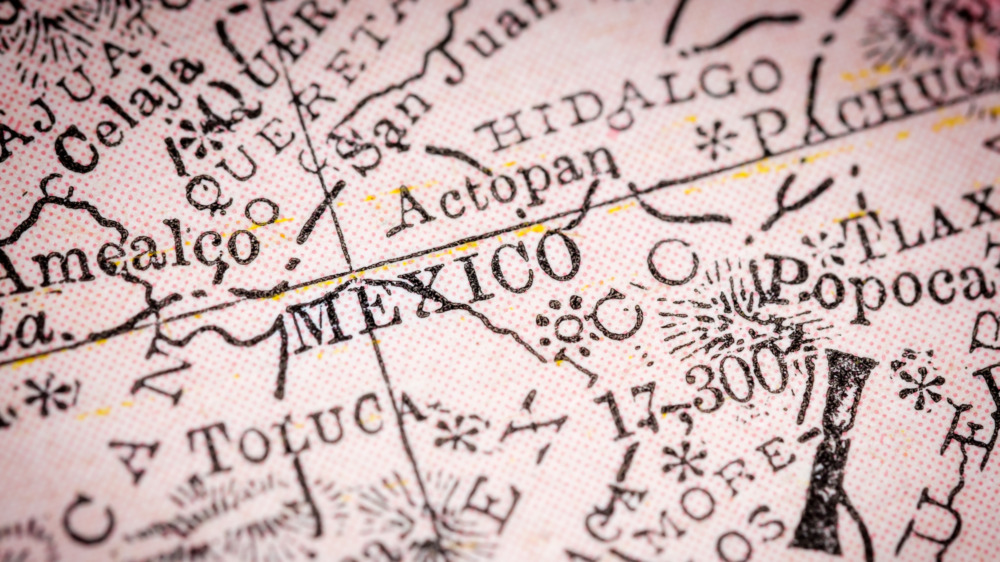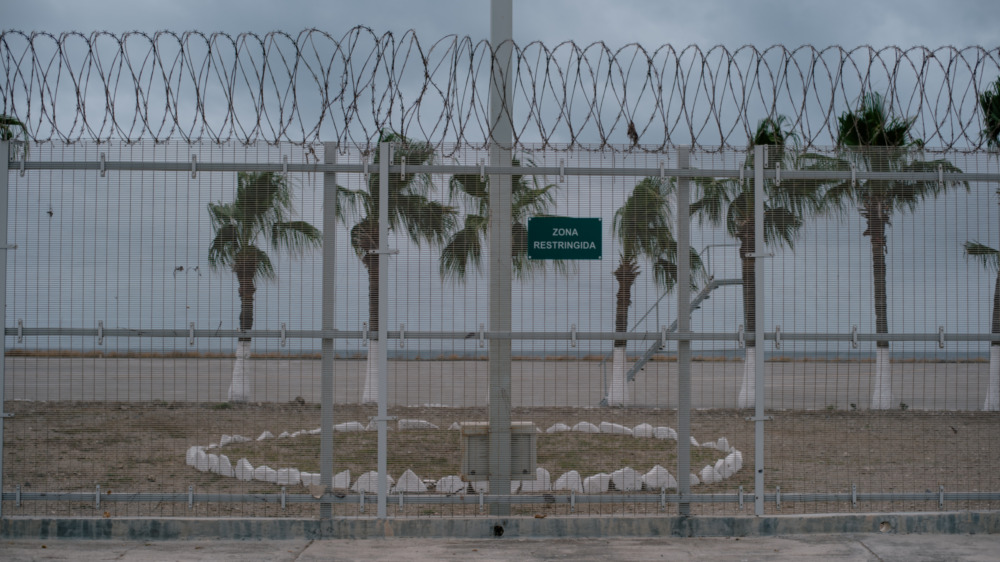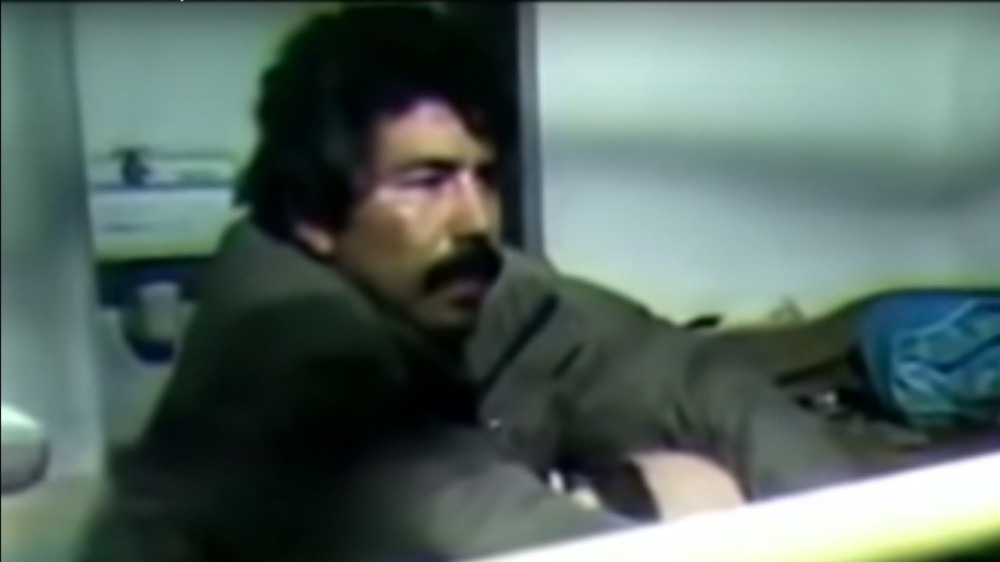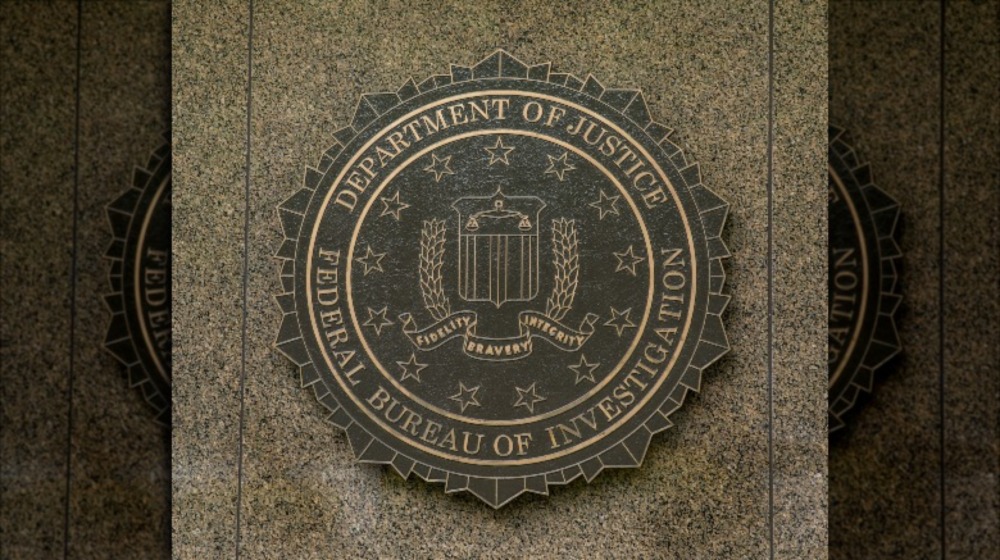What You Should Know About Drug Lord Rafael Caro Quintero
Wanted for the following alleged federal violations:
KIDNAPPING AND MURDER OF A FEDERAL AGENT, violent crimes in aid of racketeering, aiding and abetting, accessory after the fact. Also wanted for: possession with intent to distribute marijuana and cocaine, murder, continuing criminal enterprise.
Warning: Armed and Dangerous
Thus reads the current profile of the Mexican kingpin Rafael Caro Quintero on the United States' DEA website, which describes Caro Quintero as one of America's "most wanted fugitives." In fact, many now consider Caro Quintero to be the FBI's No. 1 target, as the bounty on his head — which we'll get around to discussing in a short while — demonstrates. But what makes Caro Quintero so noteworthy a criminal, and why, even today, is the FBI so keen to locate and capture the now 68-year-old man? The answer, it would appear, does not purely come down to the nature of his crimes, but rather the fact that his case — and the handling of it by Mexican authorities — has become a judicial battleground, through which tensions between the crime agencies and courts of Mexico and the U.S. have recently played out.
The murderous crimes of Rafael Caro Quintero
Rafael Caro Quintero made his criminal name through drugs. He began growing and selling cannabis in the 1970s while still a teenager, before moving into cocaine trafficking to become "widely considered to be one of the godfathers of the Mexican drug trade," per InSight Crime. Yet, it has been his alleged involvement in murder, in particular the cold-blooded killings of a number of U.S. citizens, that has seen him gain international notoriety.
The Guardian reports that in 1985, Caro Quintero reportedly organized the killing of Kiki Camarena, a DEA agent, as well as his pilot, Mexican-born Fredy Zavala, in retaliation for a raid on a 220-arce marijuana farm, which had been undertaken using Camarena's information. The bodies of Camarena and Zavala, when they eventually discovered a month later, revealed that they had both been tortured prior to their brutal murders.
As well as these killings, Quintero is also believed to be responsible for the murders of American writer John Clay Walker and American dentist Albert Radelat, who reportedly entered a restaurant that was locked down for a private party held by Caro Quintero's Guadalajara cartel, before being tragically misidentified as DEA agents. Per CNN, they were subsequently tortured and murdered at Caro Quintero's behest.
The kingpin was captured by Mexican authorities, who charged him with the murder of Camarena alongside a slew of drug-related offenses, and handed down a 40-year prison sentence.
Rafael Caro Quintero's shock release
Despite never formally being charged of the murders of John Clay Walker and Albert Radelat and having never been extradited to the United States to go on trial there, it is arguable that, for a long time, justice was being done through the ongoing imprisonment of Rafael Caro Quintero. While 40 years represented the longest a Mexican prisoner was allowed to remain behind bars, the prisons in which he resided were maximum security. Caro Quintero was already approaching his mid-30s by the time of his imprisonment, ensuring that he would only emerge from jail as an old man — if at all.
However, in 2013 a federal court in Jalisco, Mexico, made an explosive ruling that would draw international condemnation and further damage the country's relations with President Barack Obama's White House. Per CNN, the court ruled that Caro Quintero's trial had wrongly taken place in a federal, rather than state, court and overturned the conviction on grounds of mistrial. As it was deemed that Caro Quintero had already served his time on drug charges, he was suddenly considered fit for release, and thus left prison after serving just 28 years.
Per CNN, scholars such as the American academic David Shirk saw the move as evidence that "corruption had reached the highest levels" in Caro Quintero's native country.
Rafael Caro Quintero is possibly still active
Following the uproar that greeted the August 2013 release of Rafael Caro Quintero, Mexican authorities attempted to backtrack on their decision. As The Guardian reports, "less than a week later, a Mexican judge issued a warrant for his arrest, but he had already gone underground."
U.S. authorities had reportedly asked their Mexican counterparts to recapture Caro Quintero so that he could be extradited — where he would have also been tried for the murders of John Clay Walker and Albert Radelat. When all traces of Caro Quintero disappeared in 2013, it marked the start of one of the most frustrating and troubling manhunts related to the contemporary "war on drugs," with the family of Walker describing the enormous pain they feel at the thought that the writer's killer was allowed to escape justice, per Yahoo! News.
More frustrating still came the news in 2016 that it was believed that, despite Caro Quintero's original Guadalajara cartel dissolving sometime in the 1990s, the former kingpin had resumed his drug trafficking activities, per The Guardian, with authorities listing his wife among a new list of co-conspirators.
The insane reward for Rafael Caro Quintero
At the time of the release of the information in 2016 that Rafael Caro Quintero had resumed drug-trafficking after leaving prison three years earlier, the United States was offering "a $5m reward for information leading to Caro Quintero's recapture," according to The Guardian. But as the years rolled on and the chances of locating the former kingpin seemed slimmer than ever, the reward for the capture of Caro Quintero grew and grew.
Bounty hunters around the world would be licking their lips at the money involved, but seeing as Caro Quintero has managed to rebuild his operations in just a few short years, all the while avoiding capture, demonstrates that anyone who was to go after the reward better think twice.
In 2018, the DEA released a fresh indictment against the former Guadalajara cartel boss, per the LA Times, which outlined Quintero, even while on the run, was the mastermind behind a drug smuggling racket that between 1980 and 2017 trafficked substances, including heroin, cocaine, and meth, into the U.S. The indictment also made public the DEA's belief that Caro Quintero had become a leading figure in the relatively new Sinaloa Cartel. In the same year, the FBI increased its bounty on his head to an eye-watering $20 million.
Rafael Caro Quintero is yet to be captured.
